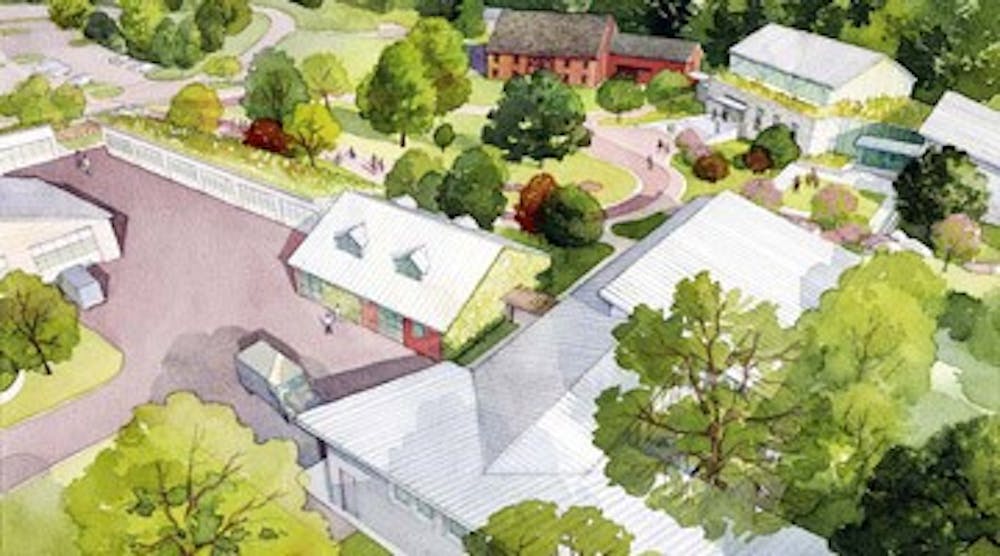
A place that most students haven't heard of will soon become the site of the greenest building owned by Penn.
The Horticulture Center at the Morris Arboretum, a project that could cost up to $11 million to be completed, is currently being designed by a team of architectural firms from around the country. A main goal of the project is to achieve platinum-level LEED certification from the U.S. Green Building Council.
Platinum is the highest level of LEED certification, which stands for Leadership in Energy and Environmental Design. There are currently only 63 buildings with this level of LEED certification in the United States, two of which are in Pennsylvania.
"It seemed natural that if we were doing a significant construction project, we should try to achieve the highest standing in sustainability," said Anthony Aiello, curator and director of horticulture at the arboretum.
The Morris Arboretum is a 120-year-old mansion turned public garden, which was bought by Penn in 1932.
The arboretum averages around 90,000 visitors per year. Penn students get in for free.
But that doesn't mean students frequent the arboretum. Penn Senior Facilities Planner Daniel Garofalo said "not enough" students visit the site.
"I had two degrees from [Penn] before I visited myself," he added.
The center will consist of six buildings, one of which is a pre-existing structure. One of the buildings will serve as an office and break room, another will serve as a facilities center, and the other four will mainly house vehicles and equipment.
The buildings will employ a number of innovative conservation techniques in complying with the LEED checklist.
"We feel pretty confident that it will achieve platinum certification," said design team member Muscoe Martin, principal of M2 architecture. "There's a solid commitment from the University, arboretum and design team to achieve this goal."
The project construction is slated to begin in September, and according to Garofalo, it is expected to take a year to 18 months.
The purpose of the horticulture center is to provide sufficient facilities for the management of the arboretum, which costs about $4.5 million a year to maintain. The center will also have large public gathering spaces for lectures and seminars.
Cost efficiency is a major incentive to the construction of green buildings, Garofalo added.
"It costs between 6 to 8 percent more to construct [a platinum-level LEED certified building] than a typical building that isn't LEED certified, but you recoup that money over the long haul," he said.
The horticulture center will be the first phase of a two-phase plan to expand the public's access to the arboretum. The second phase will feature the construction of a building capable of hosting large events, as well as the renovation of an existing barn.
Over the 75 years of its existence, the arboretum - located in Northwest Philadelphia - has become known for its combination of sculptures and a collection of plants, which includes more than 2,500 plant types.
The Daily Pennsylvanian is an independent, student-run newspaper. Please consider making a donation to support the coverage that shapes the University. Your generosity ensures a future of strong journalism at Penn.
DonatePlease note All comments are eligible for publication in The Daily Pennsylvanian.




